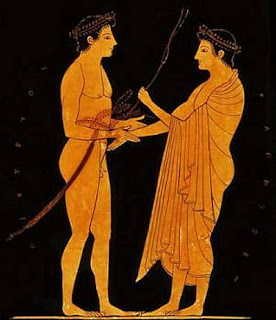When our early ancestors entered new lands they encountered a variety of strange new creatures, monsters that no longer exist. What were they like and where are they now? What are the real answers to the mystery of the missing megafauna?

Some scientists believe there is damning evidence that humanity hunted the megafauna to extinction. The 'overkill' hypothesis holds that the megafauna vanished only a few centuries after the arrival of man and that hunting was the primary cause of the extinctions, for the following reasons:
- only the larger animals disappeared
- there is archaeological evidence of human hunting
- animals had survived previous times of climate change
There have been many mass extinctions throughout geological history, the most well-known being the disappearance of the dinosaurs at the end of the Cretaceous Period. In analysing these events, scientists find that small, medium and large species all become extinct, although large animals (those over 44kg adult weight) always suffer the heaviest loss. These large animals are termed 'megafauna'.
In contrast, the extinctions at the end of the Pleistocene seem to target large animals, with the small to medium ones escaping relatively lightly. Scientists that support the overkill hypothesis believe that this evidence points to humans as the culprits. The impact of human hunters on populations of large, slow-maturing, slow-breeding animals, such as mammoths and diprotodons, was bound to be far greater than any effect they might have had on small, rapidly breeding prey such as hares or squirrels. Therefore, the overkill theory seems to explain why only the megafauna died out.
PART ONE
PART TWO
Opponents of the overkill hypothesis point to a variety of evidence that human hunters were not the culprits. Their arguments against humanity as killers are:
- long periods of human-megafauna coexistence
- little evidence of hunting
- people were hunting the wrong species
For the overkill hypothesis to hold true, prehistoric humans must have killed off the megafauna very rapidly - within 1,000 years of arriving in a region. If the extinction happened more slowly than this, it wouldn't have been true overkill. More to the point, it may be impossible to pick apart all the interrelated factors (hunting, climate and competition) that would have played a part over a longer period.




































